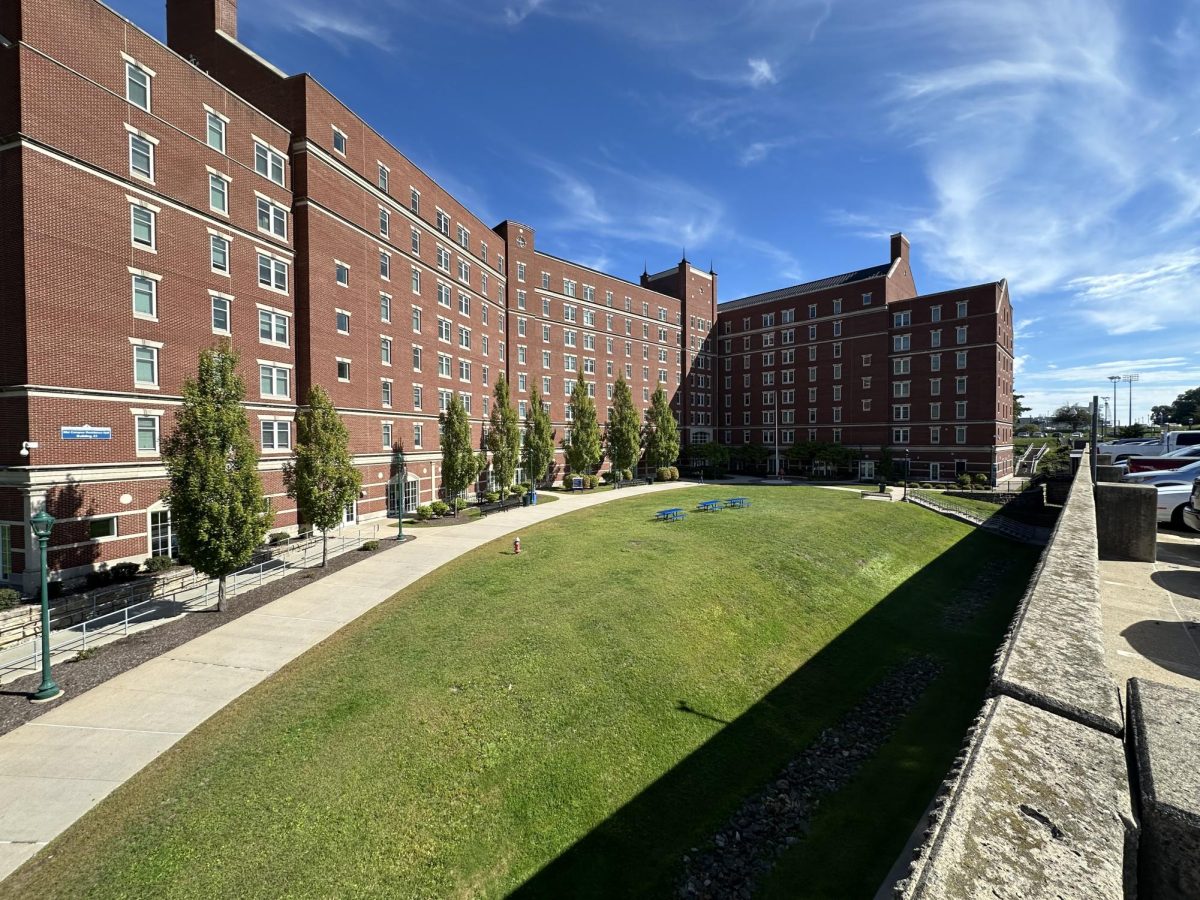By Kassondra Granata
The state Board of Regents approved a tuition increase last Thursday of almost 4 percent for the CSU Schools as well as the twelve community colleges.
For students living on campus, there will be an increase of 3.7 percent, or about $676 where students commuting will face an increase of 3.8 percent, or $315. Community college students will pay 3.1 percent more, about $108.
According to Board of Regents President Robert Kennedy, the increase will go into effect for students entering the fall of 2012.
Kennedy says that the source of revenue for colleges and universities comes from state support and student tuition. He also said that even though no one wants to increase the cost of college tuition, this is the only option.
“For the past couple of years, state revenue has been dropping and the budgets provided by the states to the colleges have decreased as well,” said Kennedy. “Along with increase costs and declining state revenue, the only source of income for the colleges is tuition.”
At the Jan. 19 meeting, two student members of the board of regents opposed the increase. Alex Tetty Jr, Chairman of the Board of Regents Student Advisory Committee, voiced his opposition while Michael Fraser, vice-chair of the committee, said that the increase should be higher.
According to Kennedy, one of the main concerns that the board faced was where the money would go towards.
Kennedy said that the money from the tuition increase would be directed towards faculty and student support services, such as counseling, but the campuses will still get less money in their budgets.
In terms of there being a set limit on raising the tuition in the future, Kennedy said he was unsure of the possibility.
In the last several years, the increases have been lower than the historical average and the national average, according to Kennedy.
Last year, a 2.5 percent tuition increase was approved as well as a credit card transaction fee that created an additional 2.5 percent for a student using their card to pay for a bill. In 2010, there was a 5.6 increase for students living on campus and a 6.3 percent for commuter students in January that proceeded a tuition freeze in September that kept fees at the same level. In 2009, students saw a 5.3 percent increase in their tuition for the fall 2009 semester.
“The board expressed a strong support for keeping the tuition to a minimum,” said Kennedy. “We can’t really anticipate what the cost drivers are nor can we anticipate what the support from the state will be, so it has to be done on an annual basis. But from our discussion yesterday, we want to keep the tuition low.”
Kennedy said that some colleges across the country have made attempts to set a tuition limit, but had to back away due to the cost drivers that would affect them long term.
“A few years ago we sort of levered off, but when fuel prices and heating costs were going up in 2005-2006, it was really difficult to tell so it really needs to be done on an annual basis,” said Kennedy.
Student Government Association President Eric Bergenn and Treasurer Nick Alaimo are continuing to be active in working with the administration.
Alaimo is the CCSU representative on the Student Advisory Committee to the Board of Regents and was on the fence about the tuition increase.
“We want to keep the quality of our education high, but we still need to work within our means and be affordable,” said Alaimo. “I would like to see if we could be a part of the process in the future.”
President Bergenn said that Alaimo’s willingness to represent CCSU on the Board of Regents is very helpful.
“As to the tuition increase of 3.8 percent, it’s safe to say that no one wants to pay more for the same product they’ve been getting, but with cuts in state funding, it’s an inevitable reality if we want to keep the quality of the education we’re paying for the same,” said Bergenn. “We were expecting, from what Governor Malloy had proposed, a 2.5-3% increase as a result of the cut in state funding.”
Bergenn also said that there are other actions that students can take in order to try to alleviate the cost of education.
“We could be at the state house working with representatives and lobbying for more higher education funding. We could be working more closely with our representative in the Senate of the SGA, Faculty Senate, and front office administration on finding ways to economize the management of the university,” said Bergenn. “It’s important to not react to these things with the attitude that we are helpless. We are only as helpless as we choose to be.”


